
A blog focusing on 1/64 diecast from such popular brands as Hot Wheels, Matchbox, Johnny Lightning, M2 Machines, GreenLight, Tomica, Yat Ming, Majorette, MotorMax, Siku, Corgi, Guisval, Playart, Ertl, Zylmex, Racing Champions, & many more. Swifty's Garage features a daily Car Of The Day and news updates from your favorite brands!
Sunday, October 2, 2011
Car Of The Day: October 2, 2011
Today's car of the day is Matchbox's 1987 Sterling 827.
Sterling was a brand name of automobile marketed in the USA by ARCONA, Austin Rover Cars Of North America under the name Sterling Motor Cars, a division of the Rover car company of the UK. It existed in North America from 1987 to 1992, during which Rover was in collaboration with Honda of Japan.
For more information and pictures of the real car please visit: Sterling 827
The base is badged as a Sterling, but the model itself is right hand drive, which would inidcate that this is a Rover, and not a Sterling. A very nice mundane model from Matchbox, and one of the last new British cars to be added to the range (along with the Vauxhall Cavalier & Ford Mondeo- subsequent British offerings from Matchbox have all been of vintage vehicles).
The only Sterling model that was sold was the 800 series, which was a rebadged Rover 800-series but with different specifications tailored for the American market. At first, the sedan body-styled 825 (trims S or SL) sedan was sold. In 1988, the fastback was added alongside the sedan, coinciding with the introduction of a new, larger, Honda engine and was called the 827 (trims SL, SLi, or Si).
In the United States and Canada it was available only with the V6 gasoline engine. By 1989, the instrumentation had been changed to gauges sourced from a different component builder (losing the oil pressure gauge and voltmeter in the process) and build quality had started to improve year for year. However these changes were too late to prevent the US-market version from later being withdrawn after poor sales.
The 2.5 L Honda V6 was a completely different engine from the Rover KV6 engine introduced in 1996 (only sold in the USA in the Land Rover Freelander), although the two share the same 2.5 L capacity and V6 architecture.
Sales in America were initially strong, due to the appeal of classic 'British' interior design, combined with a clean and up to date exterior design, both of which compared well with its sister the Legend. US sales hit a high of nearly 15,000 cars in 1988. All models came with extensive, real wood interior trim. The SL models also feature ABS, power Connolly leather seats, and two-tone paint as standard equipment.
While dynamic characteristics and performance were broadly similar to the Honda Legend, due to the shared platform, core structure and power units; detail spring and damper changes gave each model its own unique feel. The Sterlings were the sportier cars, with less float and an overall tighter feel than the Acura Legends. The ride/handling compromise was defined through the shared use of Honda's double wishbone front suspension that allowed a very low hood line, but offered limited wheel travel. This meant that on poorer road surfaces, there was a greater possibility of reduced traction.
Early build quality of the 800 was demonstrably poor as measured by J.D. Power. Customer satisfaction fell quickly and sales dropped from this initial high to less than 2,000 for 1991. The problems were varied with interior trim, problematic Lucas electronics and paintwork problems, and corrosion in early models would also mar its reputation. This all contributed to the demise of Rover in the United States: the Sterling fell to the bottom of J.D. Power surveys there, while ironically its twin, the Japanese-built Acura Legend, was already found at the top in its first year.
Combined with the effects of the strong British currency, Rover was losing money, and recovering lost ground with the facelifted car and its coupe sister was not deemed possible, and Rover Cars withdrew from the North American market.
Despite this exit from the US, these vehicles can still be seen on the U.S roads, and remain in service—unlike most "orphan" vehicles—as many parts are still readily available for the Sterling since it shared most major mechanical components with the more popular Acura Legend; any Honda or Acura dealer can service a Sterling.
After the withdrawal from the US Market, the Rover 800 remained popular in Europe, especially following the major R17 facelift and was kept in production until 1998 when it was replaced by the Rover 75.
Subscribe to:
Post Comments (Atom)
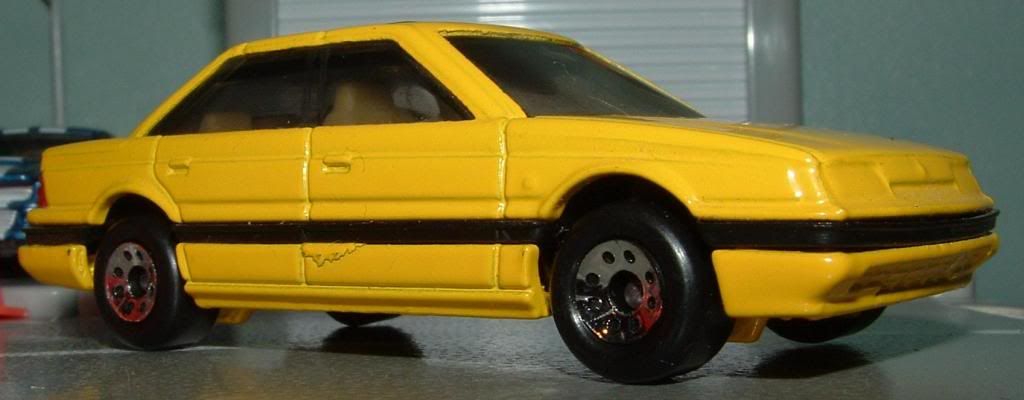

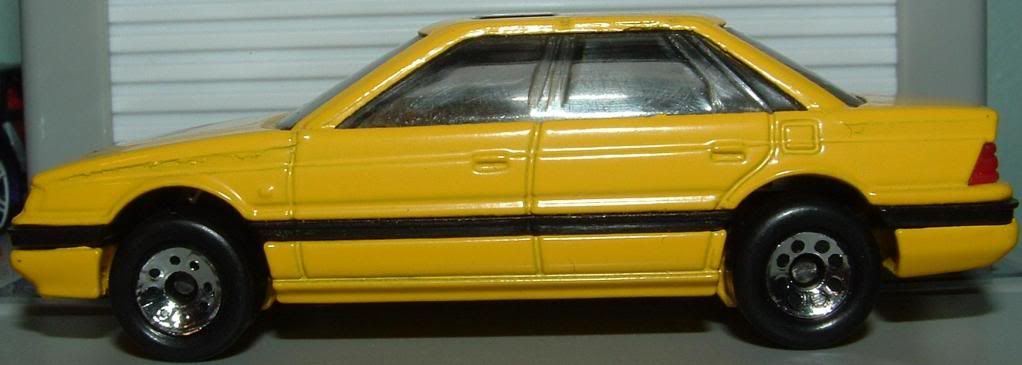
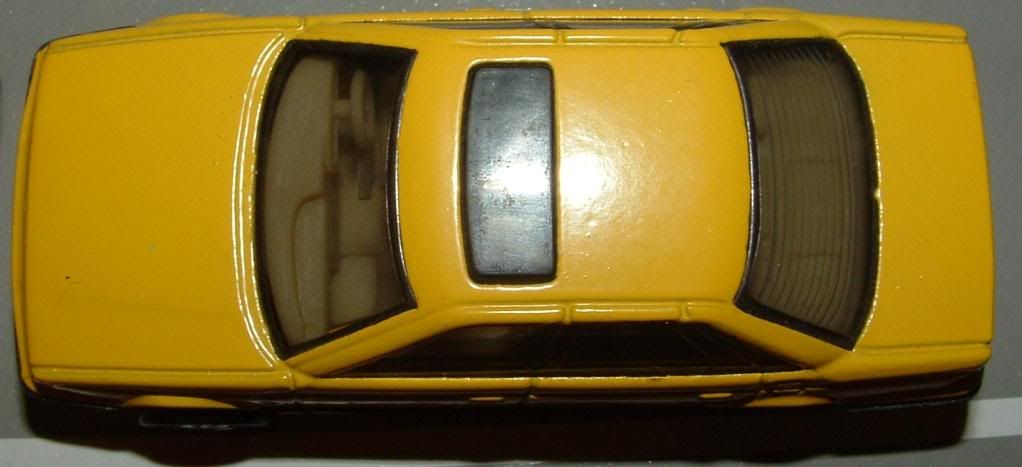
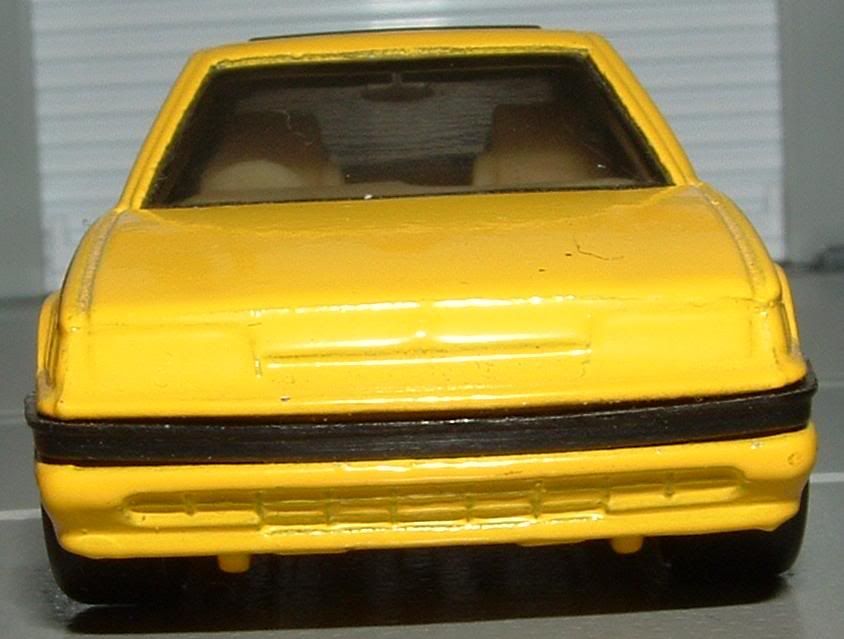
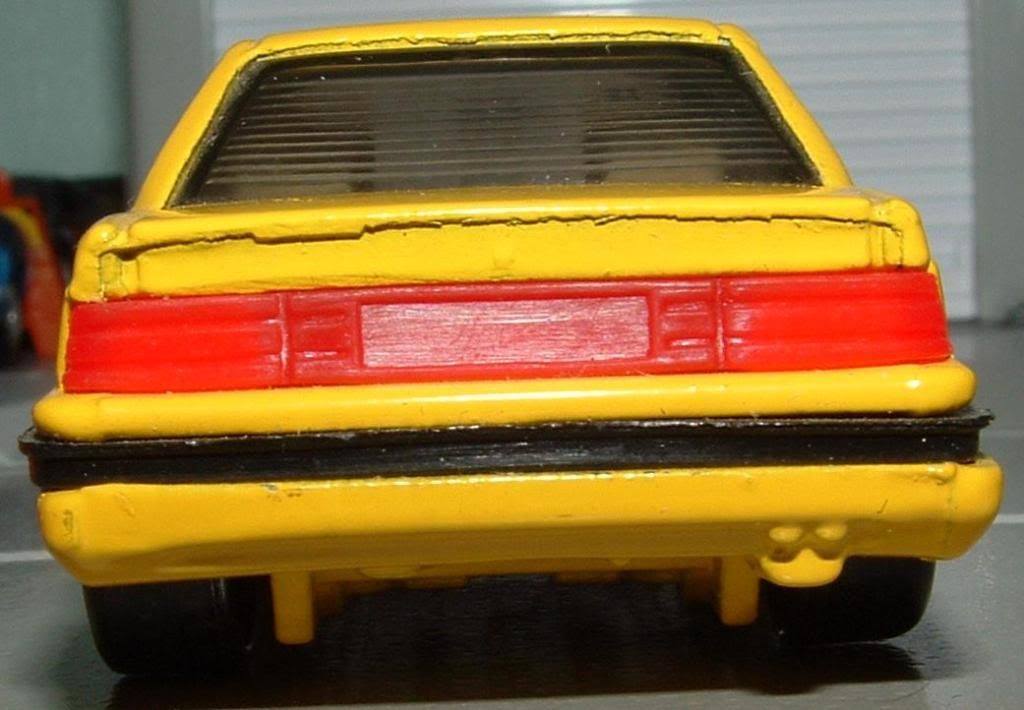
No comments:
Post a Comment